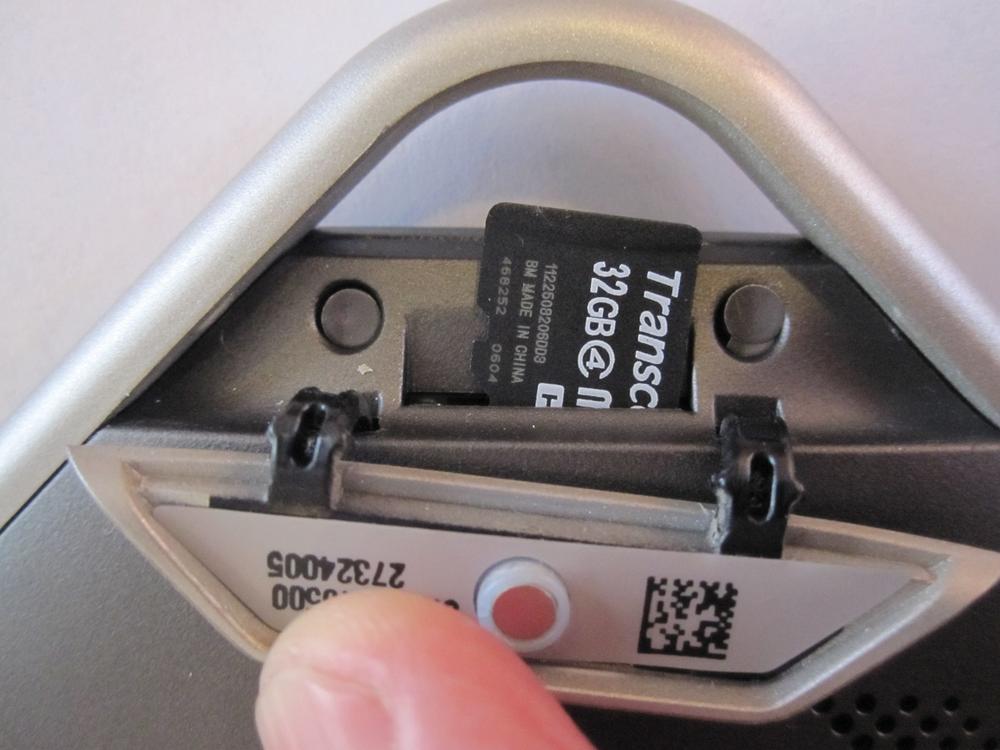AS YOU’VE FOUND OUT throughout this book, your NOOK Tablet and NOOK Color are much more than just eReaders—they’ve full-blown tablets that let you browse the Web, read email, keep track of your contacts, watch TV and movies, and download apps that let you do even more.
Both tablets are on Google’s Android operating system, which Google gives away for free, letting companies do whatever they want with it. Barnes & Noble used Android 2.3 (also called Gingerbread) as the basic operating system for the NOOK Tablet and NOOK Color, and then performed some magic and turned them into combination eReaders and Android tablets.
Along the way, Barnes & Noble made so many changes that the NOOK Tablet and NOOK Color in many ways don’t work like other Android devices. If you compare the NOOKs to all-purpose Android tablets such as the Motorola XOOM or Samsung Galaxy Tab, you’ll notice that the NOOKs simply don’t look like other Android tablets. Even though companies like Samsung have made changes to Android, the interface is still recognizable as Android on their tablets. That’s not really the case with the NOOKs.
Those changes are more than just skin deep; they’re baked into the operating system. Most notably, the only apps you can download onto them are those available through the NOOK Store. Unlike with other Android tablets, you can’t download apps from Google’s Android Market or directly from websites. That means there are countless thousands of apps that you can’t download.
For those who aren’t faint of heart and are willing to get down and dirty with their NOOK, there’s a way to turn your NOOK Tablet or NOOK Color into a full-blown Android tablet. It’s called rooting the device, and essentially it means replacing the NOOK’s built-in software with a version that runs Android rather than the software built into the NOOK.
Barnes & Noble frowns on this practice, which is why doing it voids the warranty. And Barnes & Noble does more than frown on it; it also employs ways to make it harder to root the NOOK Tablet and the NOOK Color, as you’ll see in this chapter. Also, rooting your NOOK could theoretically end up bricking it, meaning that it no longer works.
Note
So far, this author hasn’t heard of an instance of bricking a NOOK by rooting it, but in theory it could happen. Caveat rooter.
When you root your NOOK, you replace its operating system with a version of Android that lets you install any app you want (via the Android Market), something you can’t normally do with the NOOK. When you do that, you give the NOOK the power to do anything that Android can do. On the other hand, you sacrifice the many benefits of the NOOK’s operating system, such as the excellent eReader and other built-in apps, although you can always download a version of the NOOK eReading software (the note in Using the NOOK as an Android Tablet).
The NOOK is based on version 2.3 of the Android operating system, and at this writing, 2.3 is also the version you can install when you root the NOOK. However, people are already working on figuring out a way to install later versions of Android onto the NOOK, notably version 3.0, called Honeycomb, which is built specifically for tablets.
There are two ways to root your NOOK:
Boot your NOOK into Android from a microSD card. When you use this method, you don’t replace the NOOK’s operating system with a new one. Instead, you insert a microSD card into the NOOK that has the Android operating system, and run the operating system from there. That way, you don’t alter the NOOK in any way. When you want to run the normal NOOK software, just take the microSD card out of the NOOK and restart it.
Replace the NOOK’s software in its flash memory. The flash memory is the memory built right into the NOOK hardware. When you use this method, you’re directly replacing the NOOK’s operating system with version 2.3 of Android. This voids your warranty. And if you change your mind and want to return your NOOK to its original state, bear in mind that while it’s theoretically possible to unroot your NOOK (Unrooting Your NOOK), there’s no guarantee that it’ll work.
There are pros and cons to each method of rooting, but most people who want to root their NOOKs are better off using the microSD card method. Here are the pros and cons:
Using the microSD method doesn’t void your warranty because you’re not altering the NOOK itself. You also don’t risk bricking your NOOK.
Using the microSD method makes it easy to switch between Android and the NOOK’s built-in software. Boot into Android from a microSD card, and then when you want to use the NOOK’s built-in software, take out the card and restart your NOOK.
Rooting the NOOK’s built-in flash memory makes the NOOK run faster compared with the microSD method. That’s because built-in flash memory is faster than the memory on a microSD card, and so running Android from it is faster than running it from a microSD card.
